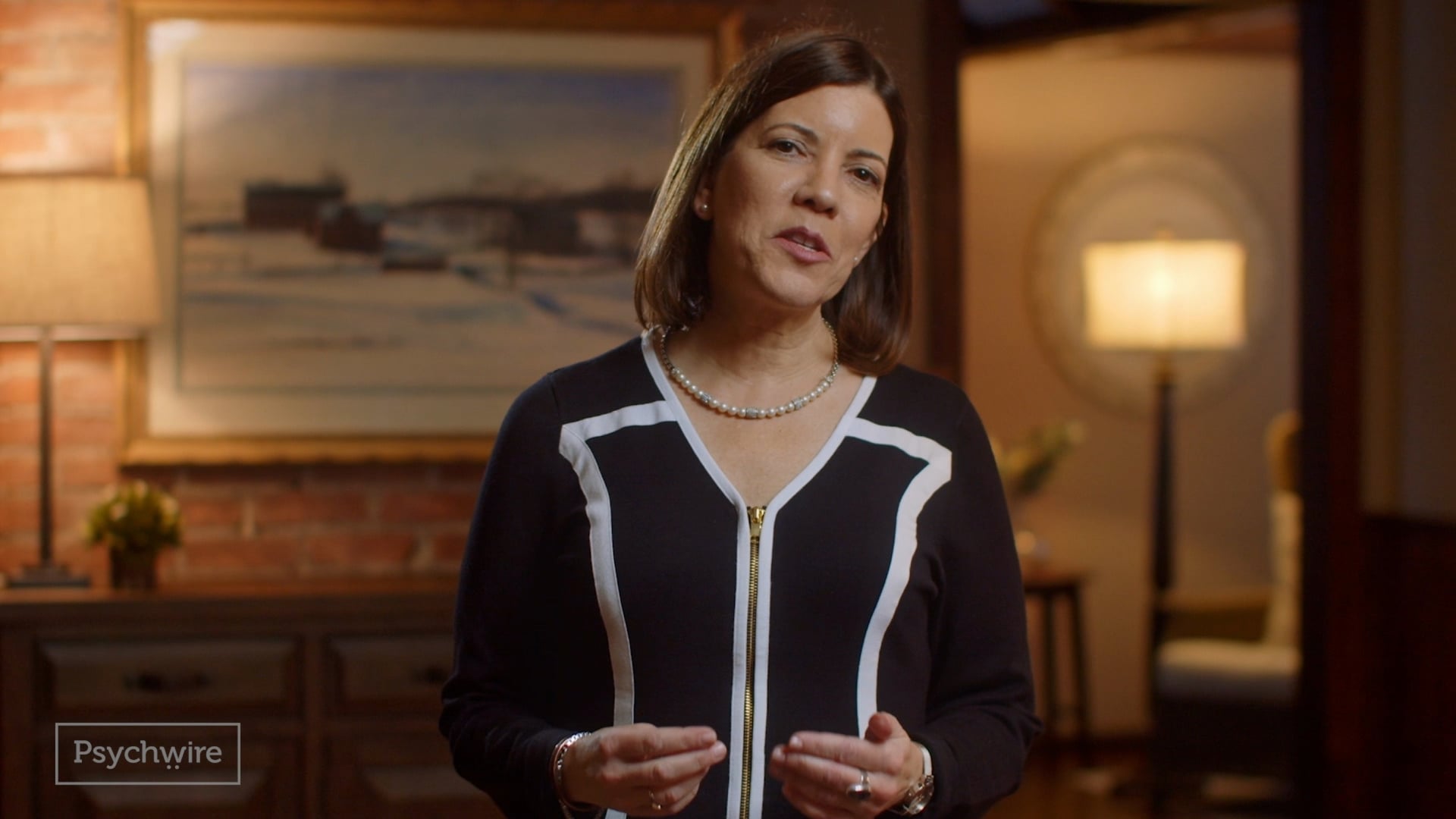
The Describe Skill
 DBT Skills for Adolescents and Families
DBT Skills for Adolescents and FamiliesAfter we ask adolescents to notice something, whether outside of themselves or within themselves, we then ask them to share their observations of what they observed, to describe what they observed. And that brings us to the next what skill of describing. When we ask people to describe we're asking them to put words on their experience. So the first step is just noticing without controlling the experience. And the second step describe, is putting words on the experience.
So I had the thought that that teacher was disrespectful to me, or I had the thought that I'm really stupid for not preparing better for that test. We're putting words on our experience. I notice my heart is beating really fast. I notice I feel tears billing up behind my eyes. We know, and research shows that just by putting words on our experiences, by labeling our experiences with language, we're already starting to regulate the emotion. It's important to practice describing with an activity where you have them observe something and then practice describing.
So one example might be to pass out little rubber balls to everyone in the group and have them spend a couple of moments really observing the details of the rubber ball. And then you collect them all in a basket, and then you pass the basket around and see if they can each pick out their own rubber ball that they had. And usually, they're pretty good at doing it when they've spent a minute observing it. And we asked them then, how did you know it was your ball? And then the descriptions come.
They start describing. Well, I noticed this one had crack. And I noticed this one had a little bit of the color peeled off over here. This one was blue, green, and red. So they start describing what they observed, and we point out that you have to first really observe to be able to describe.